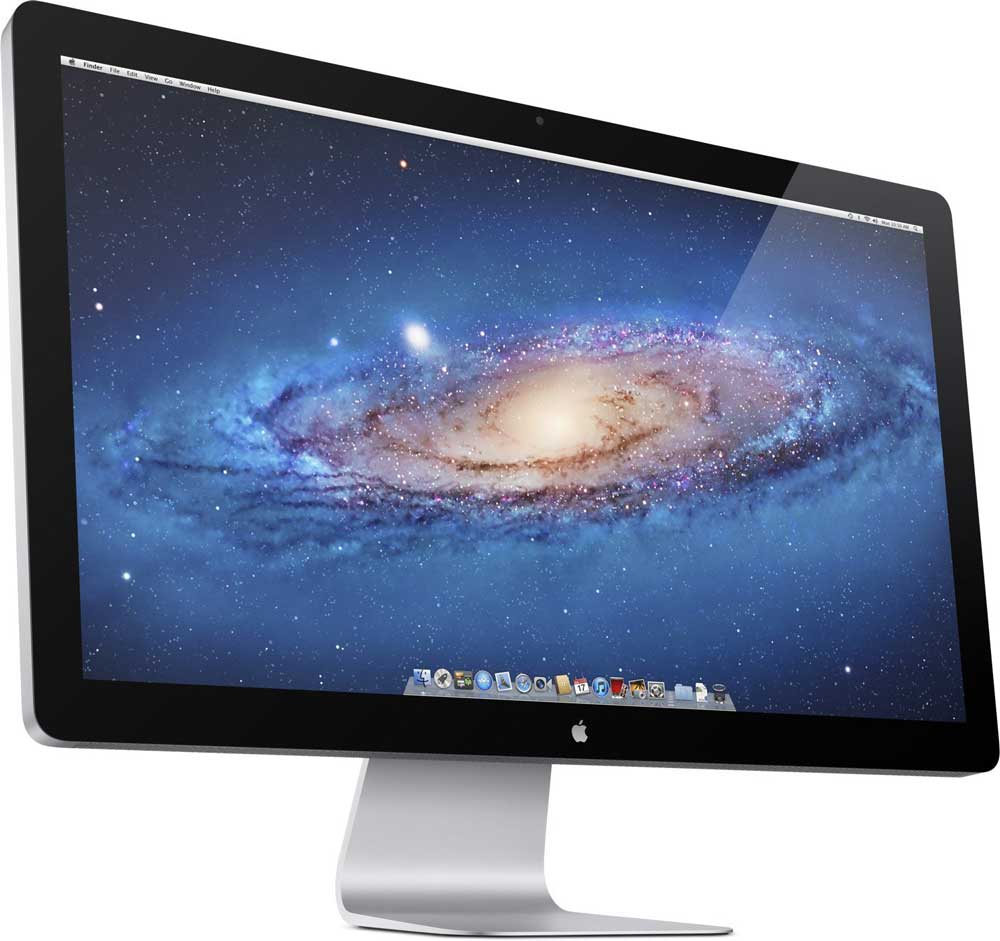In the wake of reports of dwindling Thunderbolt display shipments to retailers, Apple has finally released a statement in regard to the aging product, currently the only standalone computer monitor sold by Apple:

“We’re discontinuing the Apple Thunderbolt Display. It will be available through Apple.com, Apple’s retail stores and Apple Authorized Resellers while supplies last. There are a number of great third-party options available for Mac users,” says the official communique, released yesterday to TechCrunch.
One to rule them all
The Apple Thunderbolt Display was released July 20th 2011, to replace the Cinema Display, which was originally released in 1999, in as many as six different sizes:20, 22, 23, 24, 27 and 30 inches. By contrast, the Thunderbolt display was introduced in one size of 27 inches, with a resolution of 2560x1440, and built in aluminum to resemble the latest iMac and 2016 Apple MacBook product lines, and was the first Apple computer monitor to feature a mini DisplayPort and USB connector, as well as Gigabit Ethernet port, and a FireWire 800 port.
One of the best features of the Thunderbolt Display has been the ability to daisy-chain with other displays, to allow multiple displays to be connected to a Mac using a single port. Even further, other peripherals could be connected using the Thunderbolt Display as an extension. Other features of the discontinued display include a 2.1 channel sound system with subwoofer, and FaceTime HD camera.
What’s next
With no word yet on the release of a new Mac Pro, and with only a few whispers of a redesigned Mac Mini, one can’t help but wonder if Apple is still interested in building desktop products for production environments, as well as standalone displays.
At present, the 27-inch iMac 5K is the Apple Mac featuring the most pixels, and the best specs to be used on the workplace, at the most reasonable price. By comparison the existing 2013 Mac Pro is undisputedly the most powerful, but the cost of an external display is not built into the price, and can run up quite a bill, compared to the iMac, which makes the Mac Pro a tougher sell, unless there is a specific need for it.
The chances of Apple building a new standalone display depend heavily on Apple’s willingness to tackle the market of high-performance computing, where the Windows PC has traditionally played a dominant role. With that said, Apple has shown an increasingly deep interest in building widely popular consumer products, like the iMac, the MacBook, and the iPhone, which suggests that there may be greater chances of Apple unveiling a new Mac Mini, sooner than it would a Mac Pro or a standalone Apple Display.
With that said... we have been wrong before, and everything can still happen from now till Fall 2016.